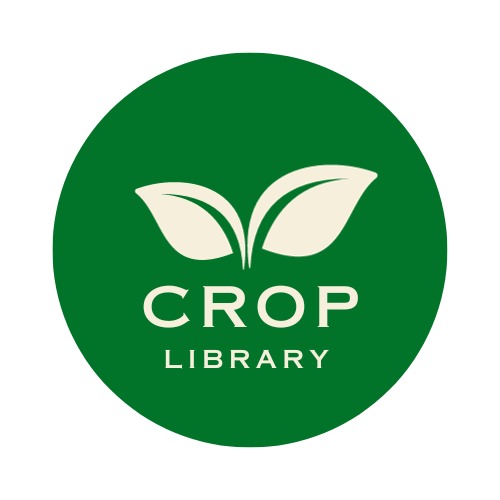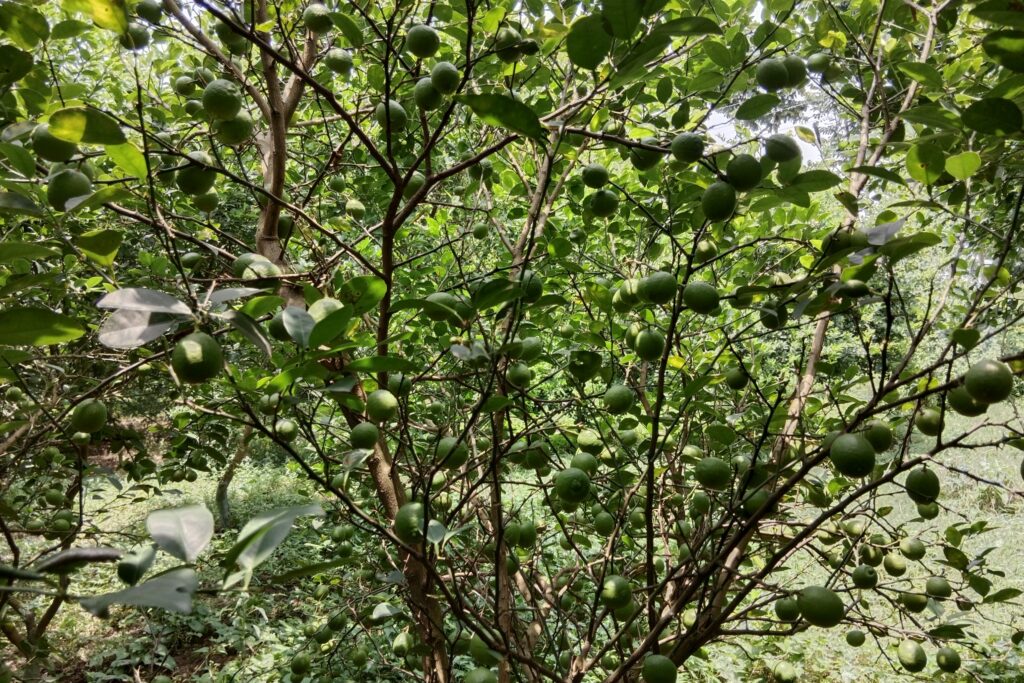Introduction
Onions are what we like to call “heavy feeders.” To grow big and strong onions, it’s essential to add onion fertilizer when you plant them and consistently throughout their growing period. Due to their shallow root system, which has thick roots with very few and short hairs, onions have a relatively low nutrient uptake efficiency. Therefore, implementing an onion fertilizer program tailored to these conditions is crucial for achieving optimum yields. A proper fertilizing routine is vital for growing large bulb sizes.

Onions are utilized in various ways: consumed fresh in salads to add flavor, aroma, and taste; used in the preparation of vegetables; frozen, cooked, and pickled; included in factory-made foods; dehydrated; used for seed production; and sets. Onions contain a volatile oil consisting largely of allyl sulfide.
Due to their shallow and unbranched root system, onions are more susceptible to nutrient deficiencies than most crops. Hence, they require and often respond well to the addition of fertilizers. Onion is one of the most important vegetable crops, cultivated under rainfed and irrigated conditions.
Onion oil helps humans against poor weather conditions, and ground onion can eliminate bad odors. Onion juice is beneficial in treating eye diseases by rubbing it on the eyes. Additionally, onion juice is useful in the treatment of fever, dropsy, catarrh, and chronic bronchitis.
Understanding Onion Fertilizer Needs
Onions require a substantial amount of nitrogen. Apply one cup of nitrogen-based fertilizer, such as ammonium nitrate or sulfate, per twenty feet of row. The first application should be made about three weeks after planting and then repeated every two to three weeks. Fertilizer application should cease once the necks become tender, approximately four weeks before harvest. Due to their short root structure, place fertilizers 8–10 cm below the seed row.
The bulbing process starts when the soil cracks as onions push the dirt away; at this stage, stop fertilizing. Meeting these nutritional needs is essential for growing large onion bulbs and achieving the highest yield.
Here is the list of required onion fertilizers:
Vermicompost / FYM
Crop yields, germination, growth, flowering, and fruiting can all be greatly impacted by vermicompost. By applying it, plant pest populations are decreased and soil health, minerals, water-holding capacity, soil microbes, and crop nutritional values are improved.
Vermicompost enhances the chemical and biological qualities of soil, increasing its fertility. It strengthens the structure of the soil, boosting its porosity and ability to hold water, which promotes root development and respiration. As a “slow-release fertilizer,” vermicompost holds onto nutrients for an extended amount of time. It is abundant in vital elements, including manganese (Mn), calcium (Ca), magnesium (Mg), zinc (Zn), phosphorus (P), potassium (K), and nitrogen (N).
Additionally, the enzymes found in vermicompost, such as cellulose, chitinase, lipase, and amylase, break down organic materials in the soil, releasing nutrients that are then accessible to plant roots even after they have been expelled.
Apply vermicompost at a rate of 7.5 tons per hectare during the final plowing.
Nitrogen (N)
Ammonium sulfate or ammonium nitrate are good choices for providing the substantial nitrogen needed by onions. About three weeks after planting, the first application should be made. Thereafter, applications should be made every two to three weeks.
To encourage foliage growth, keep adding plain nitrogen every two to three weeks until the bulbing process starts. A high-nitrogen fertilizer is necessary to increase bulb size. When planting, use one-third of the suggested amount of nitrogen.
Apply the remaining two-thirds of the nitrogen in two equal portions, thirty and forty-five days after planting. When the bulb reaches two-thirds of its anticipated final size, stop adding nitrogen.
Nitrogen in onion bulbs constitutes 65% of the nitrogen in the aboveground biomass. To minimize nitrogen loss and match the crop’s nitrogen demand, split applications of fertilizer are recommended. For alkaline soil, use ammonium sulfate; for acidic soil, use calcium nitrate.
Apply nitrogen at a rate of 100 kg per hectare and continue fertilizing every three weeks to promote the growth of larger bulbs.
Phosphorus (P)
Phosphorus is essential early in the plant’s development to ensure robust root growth and successful establishment. This nutrient significantly enhances various physiological aspects of onion plants, including critical processes such as photosynthesis, reproduction, nitrogen fixation, flowering, fruiting (including seed production), and maturation.
The application of phosphorus has been shown to increase the total bulb yield of onions. It also enhances the average weight of the bulbs, as well as their length and diameter. The improvement in bulb yield and its characteristics can be attributed to the vital role phosphorus plays in the plant’s development.
For optimal onion growth, a balanced fertilizer rich in phosphorus should be applied at planting. This helps in establishing a healthy root system necessary for the plant’s growth.
It is recommended to apply phosphorus at a rate of 40 kg per hectare.
All the recommended phosphorus should be applied at the time of planting.
Potassium (K)
Potassium is particularly important when high nitrogen rates have been applied, as it helps maintain yield by increasing dry matter and sugar accumulation in the bulb. It likely enhances the translocation of photoassimilates to the bulb, thereby increasing its average weight. The positive effects of potassium on onion yield and quality have been well-documented.
Adequate potassium content in the bulb is crucial for the storage quality of the crop. Potassium deficiency in onions is indicated by brown tips on older leaves and poor bulb formation. Therefore, applying the appropriate quantity and source of potassium at critical growth stages is essential for maintaining growth and quality.
For optimal results, apply potassium at a rate of 50 kg per hectare. All the potassium should be applied at the time of planting.
Sulphur (S)
Onion is a sulfur-loving crop, as sulfur plays a crucial role in achieving its yield and quality potential. Sulfur not only increases bulb yield but also enhances its quality in terms of pungent, nutritive value, and flavor.
Applying 15 kg of sulfur per hectare is sufficient for growing onion crops and should be done at the time of transplanting. Sulfur is an essential nutrient for onions, improving both yield and the pungency of the bulbs.
It is recommended to apply sulfur as a basal dose during transplanting to ensure optimal growth and quality.
Micronutrient
In areas with zinc deficiency, it is recommended to apply ZnSO4 at 10 kg per hectare as a basal dose. The application of this micronutrient can increase bulb yield by 7-15%.
Azospirillum
Azospirillum produces phytohormones such as indole-3-acetic acid (IAA), which stimulate root growth and enhance nutrient and water uptake, leading to improved plant vigor, yield, and stress tolerance. It is widely used in agriculture, benefiting crops like cereals, vegetables, and grasses, thus becoming a vital component in sustainable farming and biofertilizer formulations. For onion crops, applying biofertilizers at a rate of 5 kg/ha each of Azospirillum and phosphorus-solubilizing bacteria is recommended. Azospirillum also enhances soil nitrogen through biological nitrogen fixation, further improving soil fertility and crop productivity.
Phosphorus Solubilizing Bacteria (PSB)
When it comes to growing onions, phosphorus-solubilizing bacteria (PSB) are essential because they transform the soil’s insoluble phosphorus into a form that plants can absorb. Boosting phosphorus availability improves plant growth, encourages root development, and raises the quantity and quality of bulbs produced. Using PSBs helps to promote sustainable farming practices and lessens the need for chemical fertilizers.
Calcium (Ca) and Boron (B)
For onion bulbs to have a longer shelf life and avoid rot, calcium and boron are essential. These nutrients are crucial for preserving the longevity and quality of bulbs.
How to Apply Fertilizers for Optimal Onion Growth
Onion fertilization is a simple technique. Utilize the fertilizer according to the recommended dosage specified on the container. Make a small trench that is 2-3 inches deep in between your onion rows, and then incorporate the fertilizer into the soil.
Make sure not to saturate the developing foliage by thoroughly watering the furrows following each application. When growing onions in pots or planters, cut a furrow in the middle of the plants or along the periphery of the container.
By the middle of summer, when the bulbs have swelled, stop fertilizing and watering altogether. The bulbs’ yellowing leaves and fragile necks are indicators that they are no longer growing. Usually, this happens four weeks before harvest.
FAQs
Q1. How long do onions take to grow?
Onions generally require 90 to 120 days to grow from planting to harvest, influenced by the specific variety and environmental factors. Commercial production of onions typically involves planting seeds or transplanting sets. While transplanting sets can lead to earlier maturity and harvest, it is more expensive and labor-intensive. Therefore, many producers opt to establish their commercial plots using seeds, often planted with precision vegetable planters for efficiency and uniformity in crop establishment. This approach balances cost-effectiveness with effective crop management throughout the growing season.
Q2. What is the best month for onion farming?
Onions should ideally be started from seed between mid-April and mid-May, planting them approximately 1 inch deep. Planting onions later than this optimal window can result in reduced yields and potential maturity issues. Onion sets, which are small, dormant bulbs, can be planted a few weeks later than onion seeds to accommodate varying planting schedules and regional conditions.
Q3. What is the spacing for onions?
Onion seeds are typically sown at 2 to 4 pounds per acre, with rows spaced 16 to 24 inches apart. The spacing within rows significantly influences onion growth and yield. Depending on the width of the rows and the specific onion variety, optimal plant spacing within rows can range from 1 to 4 inches. Adjusting spacing to suit these factors helps maximize crop density and ensures efficient use of available space and resources throughout the growing season.


